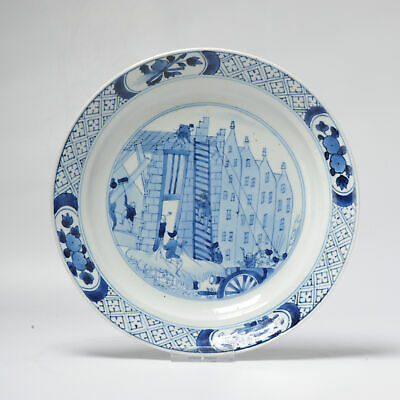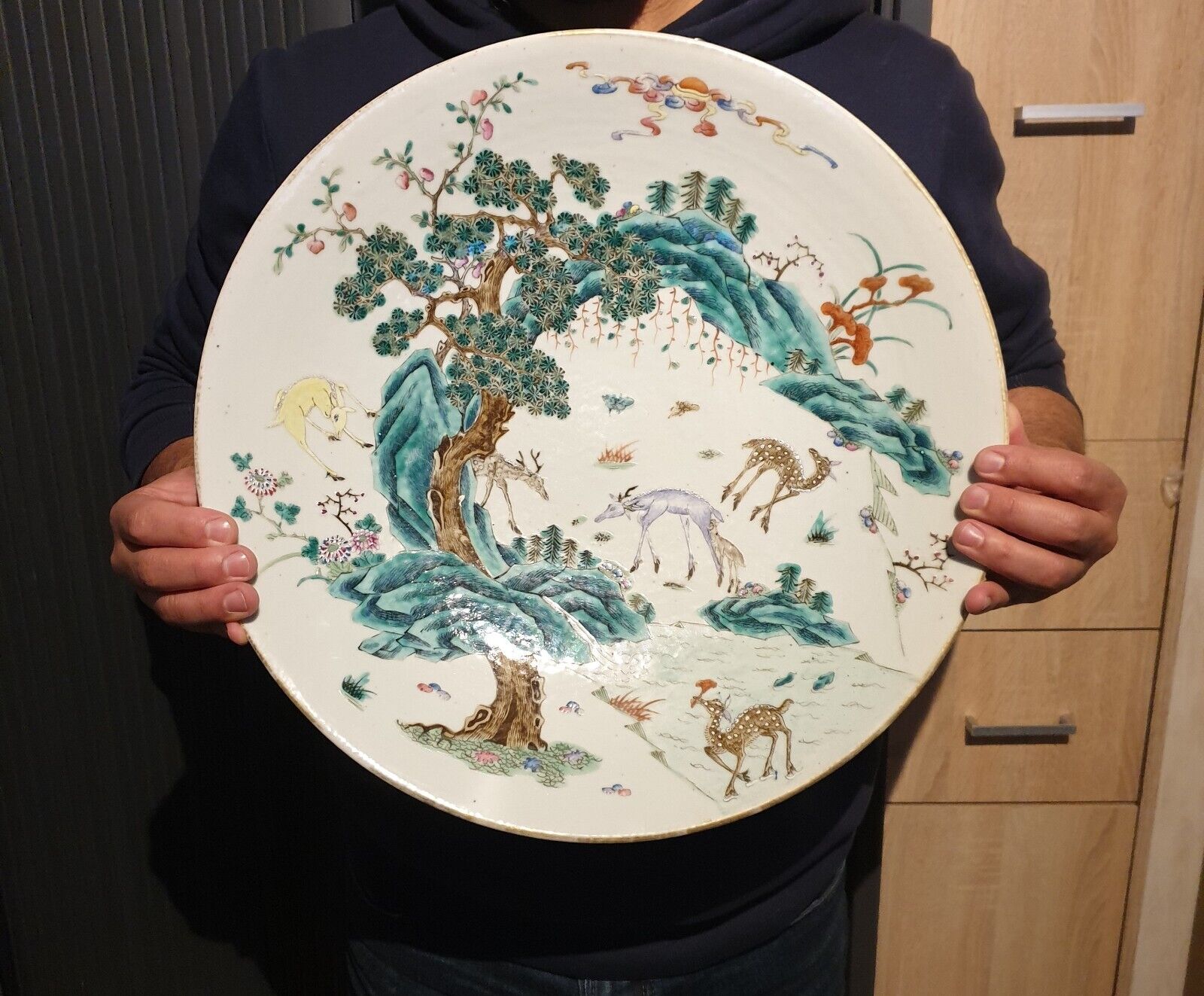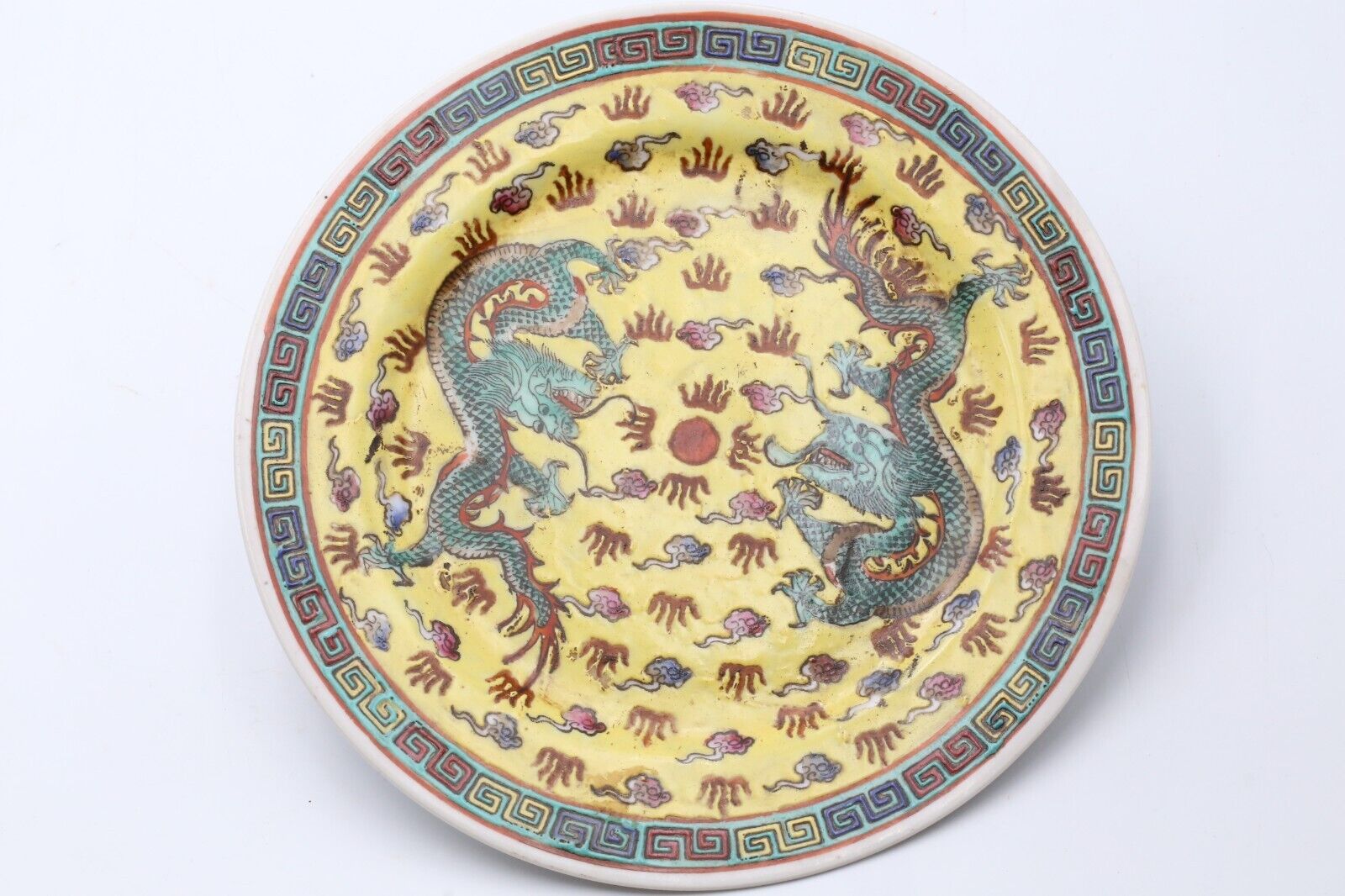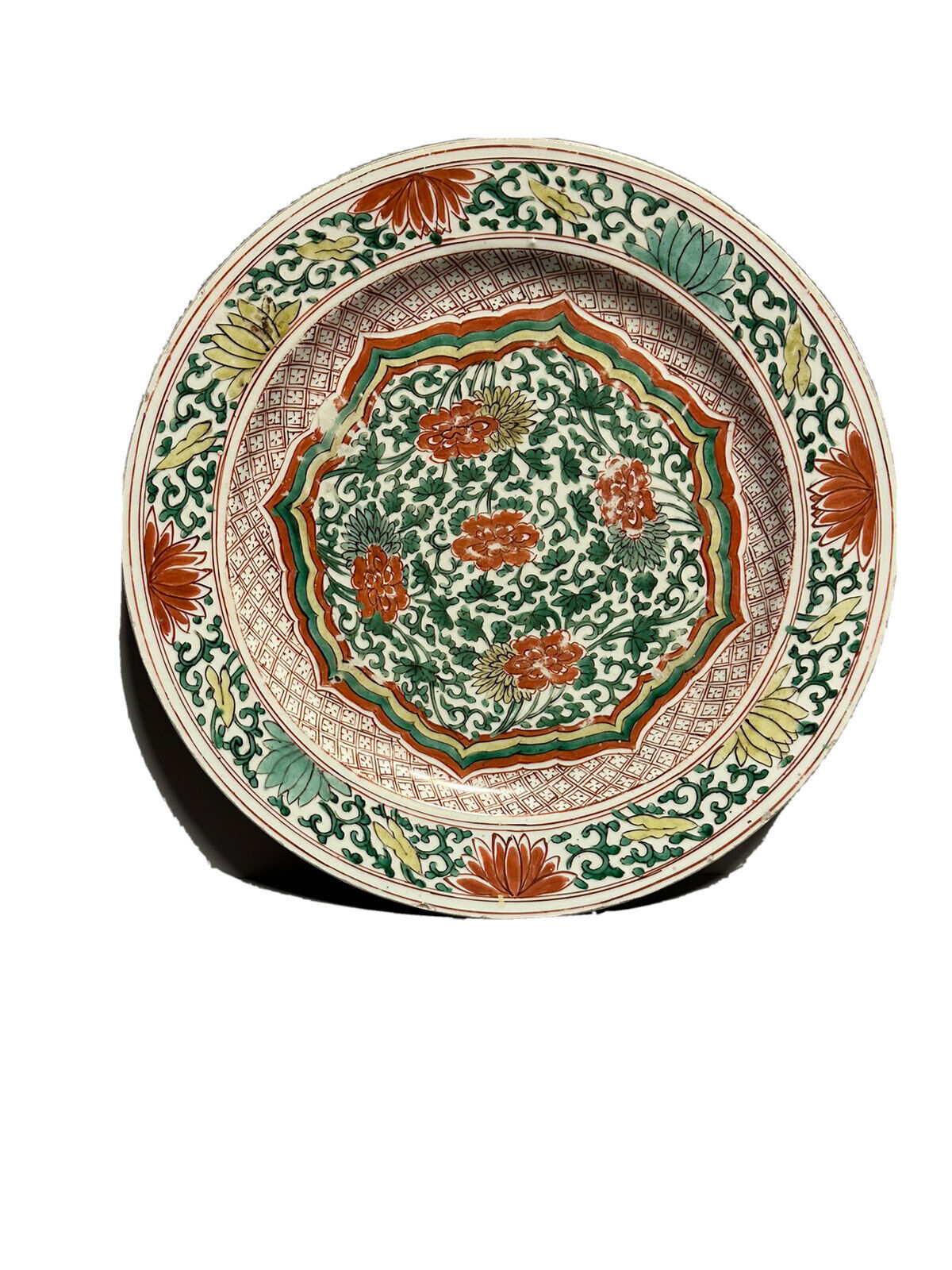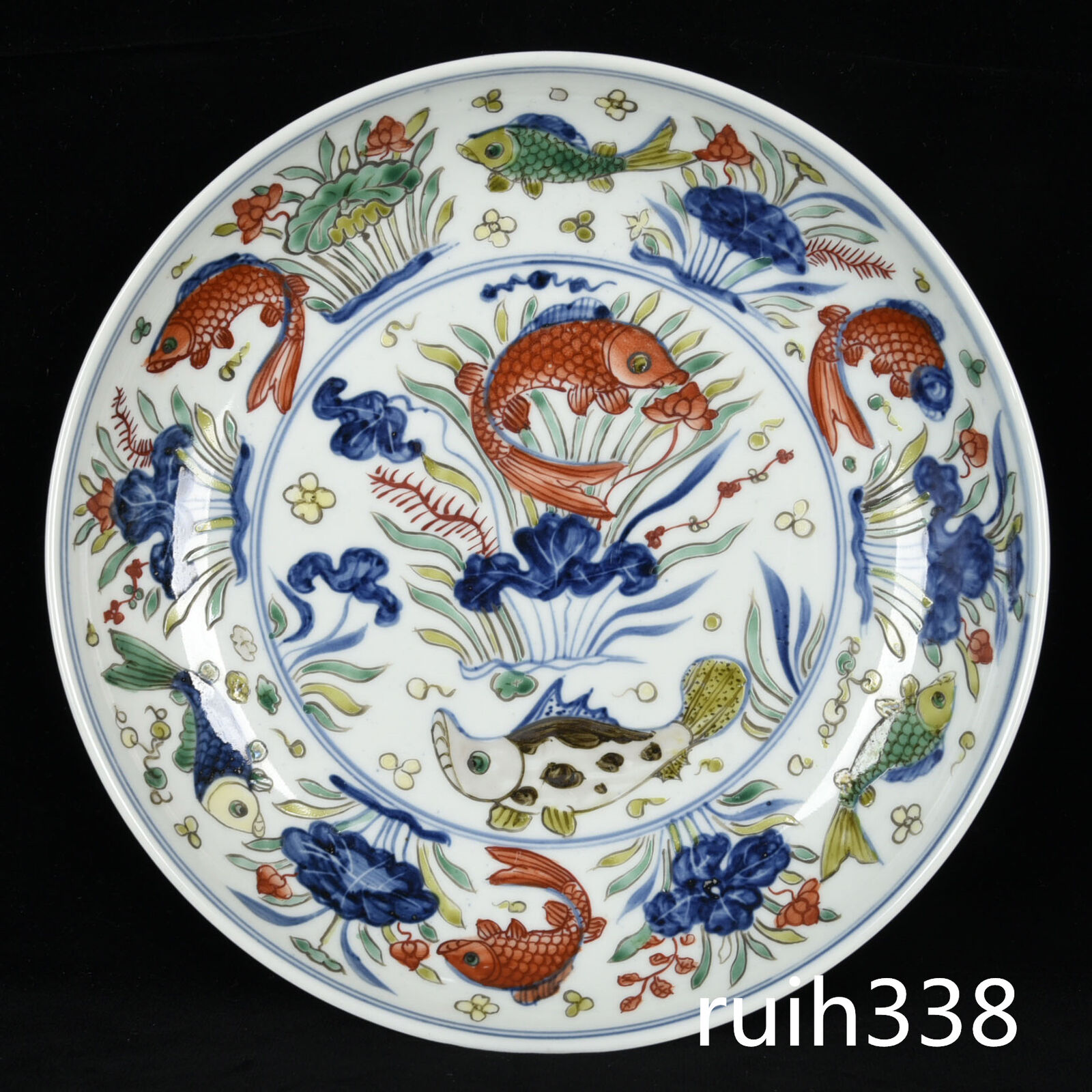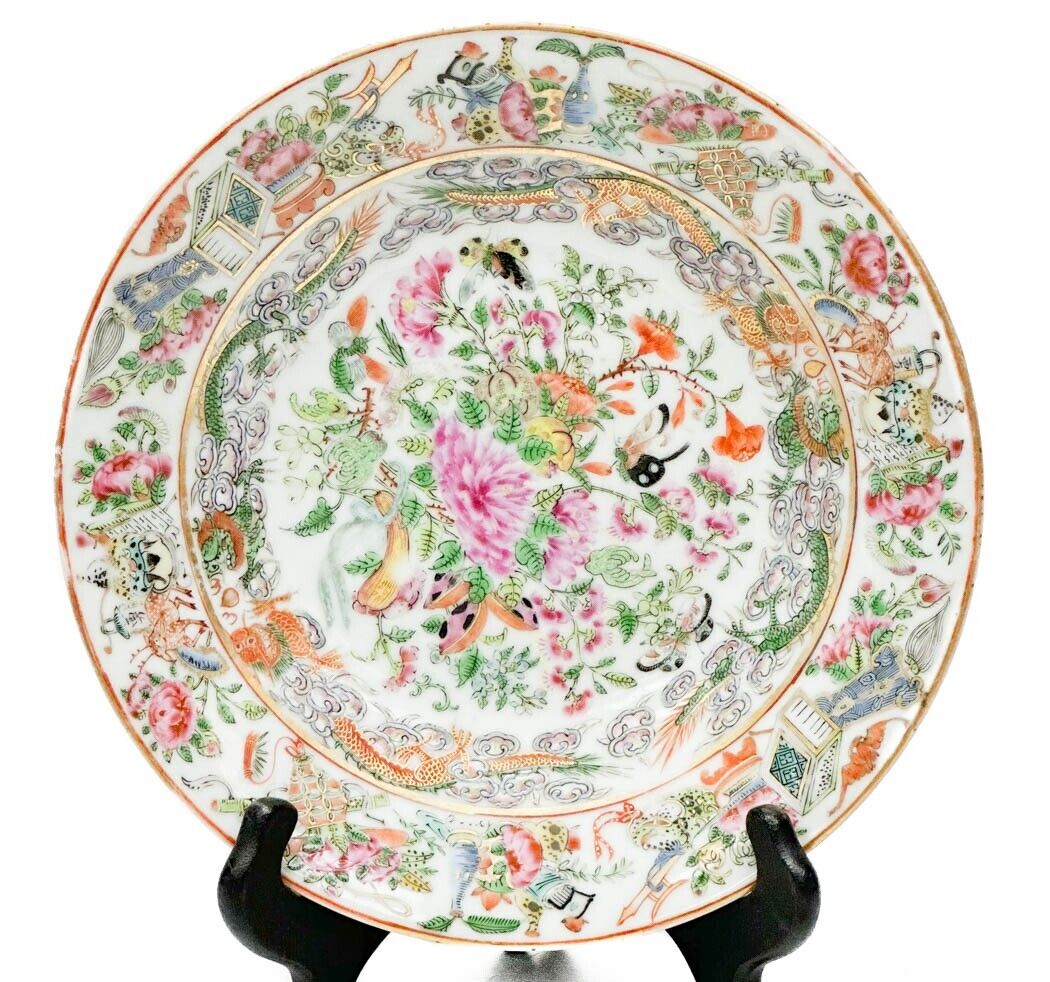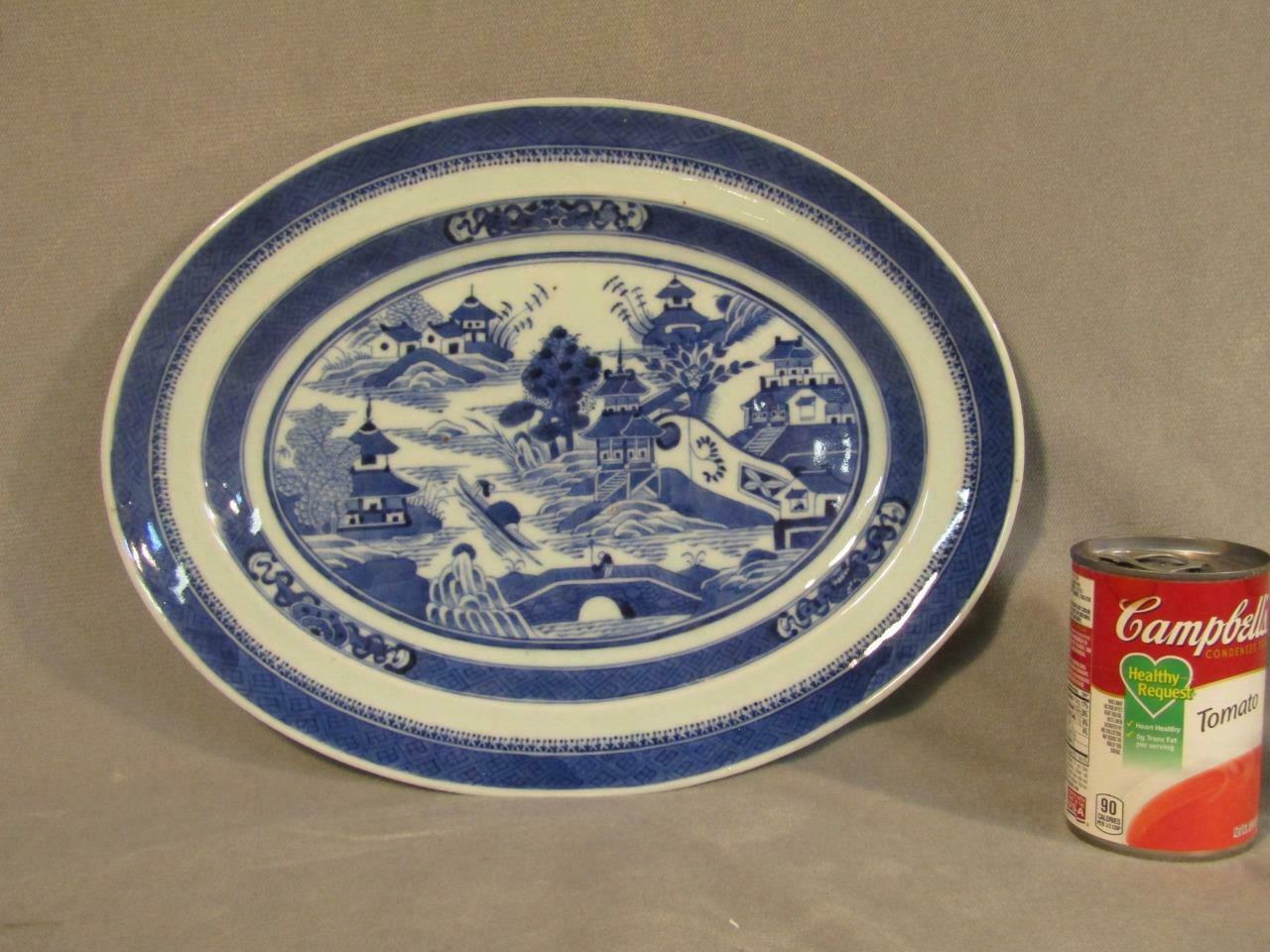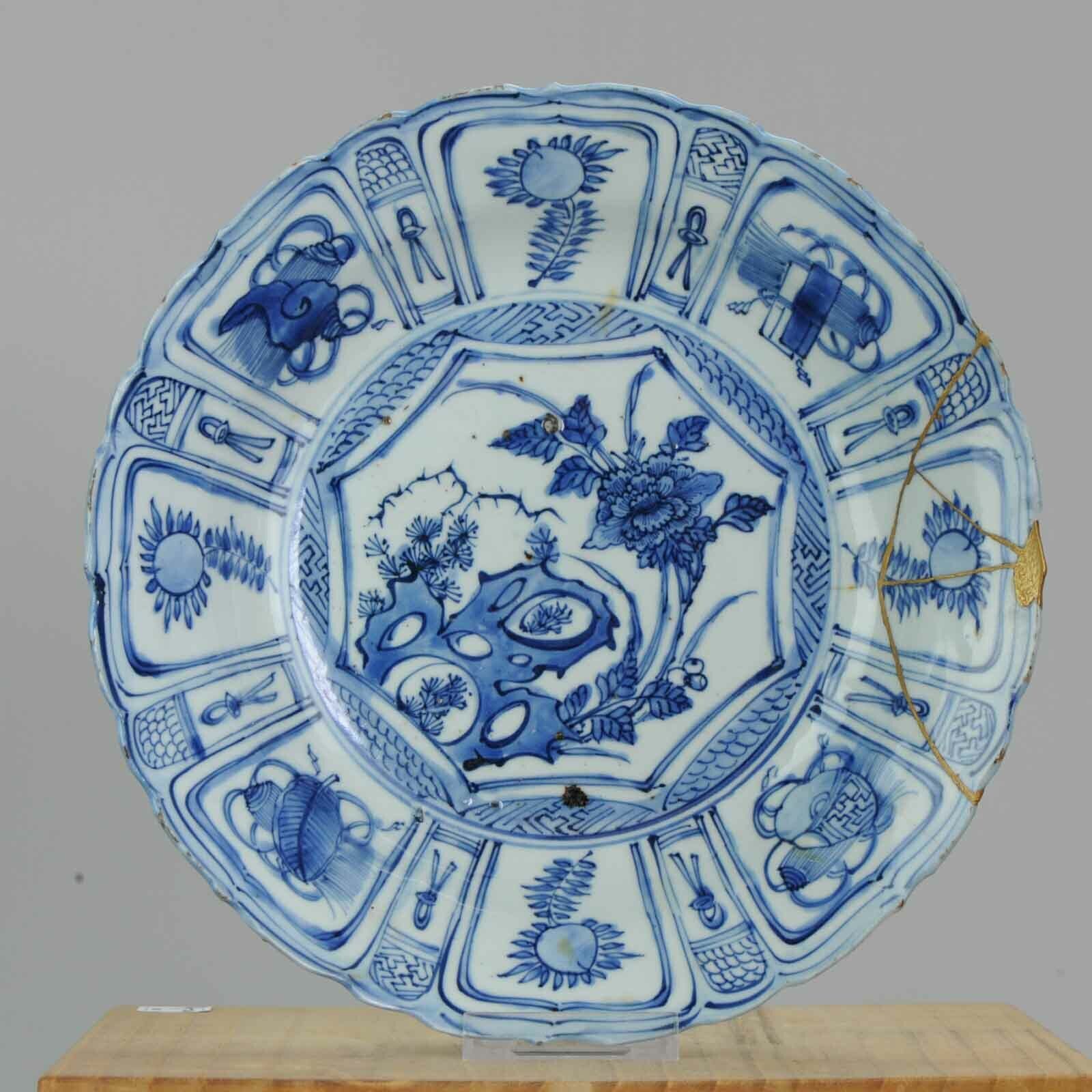-40%
Chinese Ca 1690 Kangxi Porcelain plate Riot of Rotterdam / Kostermann Blue Wh...
$ 2397.89
- Description
- Size Guide
Description
AntiqueCollectibles from
ShangriLa
Auction Items of this Week /
本週拍賣料品
3500 "Make us an offer" Listings/
固定價格
Chinese Ca 1690 Kangxi Porcelain plate Riot of Rotterdam / Kostermann Blue White Chenghua Marked
Description
A very nice example of the top quality made during the kangxi period. With sublime colors and painting. With the well know and interesting scene the Kostermann riot / Riot of Rotterdam. The base with a Chenghua mark.
The plate shows how Rotterdam citizens are busy demolishing the house of bailiff Van Zuylen van Nijevelt at the Leuvehaven on October 5, 1690. The walls are pulled down to apparently loud cheers from bystanders. The rough drawing is somewhat reminiscent of the prints that were put into circulation a little over a century later following the storming of the Bastille in France. The incident at the Leuvehaven was the climax of what became known as “the Kostermann riot”.
Riots the Rotterdam way
Rotterdam experienced quite a few riots in the seventeenth century, but these mostly had to do with tensions at the national level. But in 1690 there was no internal unrest in the Republic of the Seven United Netherlands. William III had been king of England for just two years and had held sway as stadtholder since 1672 over five of the seven provinces. It was peace and quiet in the Republic.
In spite of that peace, apparently in the last months of 1690 a situation could arise in Rotterdam in which the whole city was in riot, gates were closed, bridges were raised, houses looted and cannons roared through the streets. The riot seems to be a unique Rotterdam affair. Rotterdammers who, in 2015, zoomed by tram between North and South Rotterdam over the Schiedam dike along the Leuvehaven, are traveling past the backdrop of a real Rotterdam riot.
Creative tax evasion
The Kosterman riot is partly based on taxes. In the seventeenth century, among other things, “impost”, a kind of excise duty, had to be paid on wine. The collection of those taxes was done by tenant farmers. Anyone could become such a tenant, the right to collect the excise duties went to the highest bidder. The taxes and therefore also the tenant farmers were anything but popular and many inhabitants of the Republic were therefore very creative in circumventing those taxes. A conflict over the “impost” on a barrel of wine would be the first link in the chain of events that culminated in the riot.
A party that got out of hand
The militia of the city of Rotterdam welcomed a number of new midshipmen, i.e. militiamen with an honorary function, on Monday 28 August. To celebrate this, half an anchor of wine (about 15 liters) was fetched. Three midshipmen and a drummer set out to get the wine at an address where no “impost / tax” had to be paid. Three tenant farmers and two informants saw the small gunner's convoy from an inn on the Gelderse quay and gave chase. A struggle followed with much resistance by one of the midshipmen, Cornelis Kosterman. The guns were drawn and one of the informants, Antony Kerry, was killed.
The tenants filed a report and Kosterman was ordered by bailiff Mr. Jacob van Zuylen van Nijevelt arrested. Because he continued to deny during his interrogation, the interrogators concluded: "Since the prisoner Cornelis Kosterman continues to deny having beaten Antony Kerry, that selver may be brought to sharper Exam". In other words, torture was considered. Kosterman confessed two days later. In court, the bailiff demanded the death penalty. The aldermen of the city followed the demand and sentenced Kosterman to beheading by sword on a scaffold behind the city hall.
Chop five times
The verdict caused quite a stir. Kosterman did not belong to the lower class and then the punishment, even for such a serious crime, was rather severe and unusual. Certainly because it concerned the death of an employee, worse still a tell-tale, of the hated tenants. There was discontent. To make matters worse, the executioner couldn't quite deal with the menacing atmosphere around the scaffold and was so nervous that he had to hit as many as five times before Kosterman's head rolled. Moreover, it was rumored that stadtholder William III had pardoned but that the bailiff had ignored this. The next day a crowd gathered at the house of one of the tenants, Pieter van der Steen. The militia, comrades of Kosterman, did not intervene and the house was looted for a few hours.
Not exactly a beloved bailiff
News of the looting reached The Hague and the States of Holland sent soldiers to restore peace. The city council refused to let those soldiers into the city. Only a commission of inquiry was allowed to enter Rotterdam. Everything seemed to calm down after that. Until on 5 October in the morning hours a pamphlet directed against the bailiff was hung at the Stock Exchange. It read, among other things: "Schijnheiligh atheist, Loving whore skin / Geltsughtigh dwingelandt, uytbrood van de Hel". The bailiff did not do well in the other sixteen lines either. Van Zuylen Van Nijevelt was in any case not popular with the people of Rotterdam. He had been appointed by the stadholder without asking the council for advice. This did not endear him to the regents of the city. Ordinary Rotterdammers could also drink his blood, because he would extort people and put fines in his own pocket.
Photo: Rotterdam City Archives
Hey bailiff, we're going to demolish your house
As the bailiff drove home that afternoon, he was verbally abused by a bunch of thugs. One of them then got a beating from his servants and that didn't go well with older spectators. Again a crowd gathered, but this time at the bailiff's house on the Leuvehaven. Soldiers were sent to keep order. It escalated and several people were killed in the clashes. The mob then captured cannons from the Stronghold and the bailiff's house came under fire. The soldiers withdrew and the house was ransacked. Van Zuylen van Nijevelt had already run off before. After the looting, the house was demolished. Meanwhile, the participants had forced the city council to release all prisoners and Van Zuylen van Nijevelt was officially fired.
William III intervenes
Again the States of Holland intervened. As many as six regiments of soldiers were sent. Rotterdam closed its gates again. A special commission of inquiry looked into what had happened during the riots. The research showed how divided the regents of Rotterdam were. On the one hand, there were the 'Princesmen' led by Van Zuylen van Nijevelt. This group had made mutual agreements about the division of board positions. But there were also other regents who opposed it. They were led by Mayor Pieter de Mey. The riot against the bailiff seems to have been stimulated and even led from above in that regard. Certainly if it is taken into account that the pamphlet that unleashed everything, according to witnesses, was written by Bernard de Mandeville in the house of de Meij.
Ultimately, Van Zuylen van Nijevelt was acquitted in 1692 and reappointed by William III. In addition, the stadtholder demanded compensation for his protégé and fired six members of the council and the pensionary. The reappointed bailiff then went on with the purge. De Mey and his supporters had to clear the field and were replaced by prince-generals. Van Zuylen van Nijevelt did not enjoy his victory for a long time. He died three years later.
--------------------------------------------------------------------------------------------------------------------
We start an auction every week on thursday, ending the next sunday;
https://www.ebay.com/str/antiquefromshangrila?LH_Auction=1
We combine shipment and have over 2200 fixed listings in store,
always good to take a look if you see other items you like to save some shipping:
https://www.ebay.com/usr/theceramics_and_collectibles
All will be packed neat and sent track and trace and insurance. Registered airmail.
Packages are always shipped on the next wednesday.
If there is a specific hurry please contact us.
------------------------------------------------------------------------------------------------------------------
Condition
rotterdam 2 small chips, 1 with mini line and also 1 line from rim. Size 200x28mm DXH
Period
17th century Qing (1661 - 1912)
Shipping Rules
FOR ALL PACKAGES OUTSIDE EUROPE:
Shipping times can vary a lot depending on Customs & Shipping Company speed. We can not control this. For China (& rest of Asia) & US allow at least 2 to 3 weeks. Depending on the situation it can take up to 1.5 month. Rare cases of even 2 months have been seen to CHINA (and rest of ASIA), this has to do with slow customs procedures. This also influences the tracking data shown online.
Please be patient!
You can follow it at:
www.internationalparceltracking.com/
For China: http://track-chinapost.com/
For USA: https://www.usps.com/
BUYER Responisibilties
We as sellers are responsible for shipping. However in case of lost or damaged items the BUYER is also required to take action & help solve the issue at hand. We can not do this alone since it also includes taking action in the country of the buyer. For instance by contacting USPS in the USA or ChinaPost in China. Buying from Antique Collectibles from ShangriLa also includes assisting in settling matter with shipping companies.
These BUYER Responsibilities include:
In case of LOST or Long Duration of packages we will contact our shipping company the BUYER must:
1. Contact his own shipping company.
2. Contact Customs.
3. Take all actions advised by the shipping company or customs.
Bewaren
Bewaren
Bewaren
Bewaren
Bewaren
Bewaren
Bewaren
Bewaren
Bewaren
Bewaren
